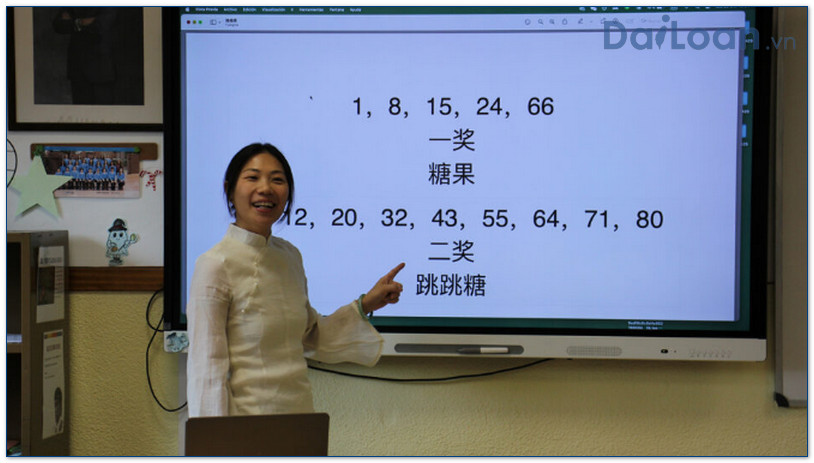Introduction to 似是而非
The Chinese phrase 似是而非 (sì shì ér fēi) is intriguing not only for its lexical components but also for its depth of meaning and application. In a world of nuances and subtleties, understanding such phrases can enhance both your command of the Chinese language and your cultural insight.
Meaning of 似是而非
The phrase 似是而非 literally translates to “seems right but is wrong.” It embodies the concept of something that superficially appears correct or logical but, upon closer inspection, is found to be misguided or misleading. This phrase is used in various contexts, including discussions, arguments, and analyses where clarity and truth are pivotal.
Contextual Usage
In everyday conversation, 似是而非 can be applied to critique flawed reasoning, debunk fallacies, or highlight misconceptions. It serves as a reminder to not take things at face value and to seek deeper understanding.
Grammatical Structure of 似是而非
Understanding the grammatical structure of 似是而非 offers insights into its construction and usage. The phrase consists of the following components:
- 似 (sì): This character translates to “seem” or “appear.” It expresses a semblance or likeness.
- 是 (shì)
 : Meaning “to be,” this character denotes affirmation and identification.
: Meaning “to be,” this character denotes affirmation and identification. - 而 (ér): This conjunction signifies “and” or “but,” connecting two contrasting ideas.
- 非 (fēi): This character means “not” or “wrong,” indicating a negation.

Syntactical Analysis
The structure follows a pattern where the initial phrase indicates a false appearance (似是), followed by a conjunction (而), and concluded with a negation (非). The entire phrase encapsulates a critical viewpoint regarding the truthfulness of a statement or idea.
Example Sentences Using 似是而非
To better grasp the application of 似是而非, let’s look at a few sentences that illustrate its use:
Example 1
在讨论中,他的观点虽然听起来很有道理,但实际上是似是而非的。
Translation: In the discussion, his argument seems reasonable, but in fact, it is 似是而非.
Example 2
许多广告使用似是而非的说法来误导消费者。
Translation: Many advertisements use 似是而非 expressions to mislead consumers.
Example 3
在科学研究中,提出似是而非的理论是不可接受的。
Translation: In scientific research, proposing 似是而非 theories is unacceptable.
Conclusion
The phrase 似是而非 (sì shì ér fēi) serves as an essential tool for critical thinking and analysis within the Chinese language. Understanding its meaning, grammatical structure, and contextual applications enriches your language proficiency and engages you more deeply with Chinese culture. Whether you are a language learner or an enthusiast, mastering such phrases expands your capability to communicate effectively and thoughtfully in Chinese.

Sứ mệnh của Chuyên là giúp đỡ và truyền cảm hứng cho các bạn trẻ Việt Nam sang Đài Loan học tập, sinh sống và làm việc. Là cầu nối để lan tỏa giá trị tinh hoa nguồn nhân lực Việt Nam đến với Đài Loan và trên toàn cầu.
CÓ THỂ BẠN QUAN TÂM
Du học Đài Loan
Lao Động Đài Loan
Việc Làm Đài Loan
Đơn Hàng Đài Loan
Visa Đài Loan
Du Lịch Đài Loan
Tiếng Đài Loan
KẾT NỐI VỚI CHUYÊN
Zalo: https://zalo.me/0936126566
Website: www.dailoan.vn




